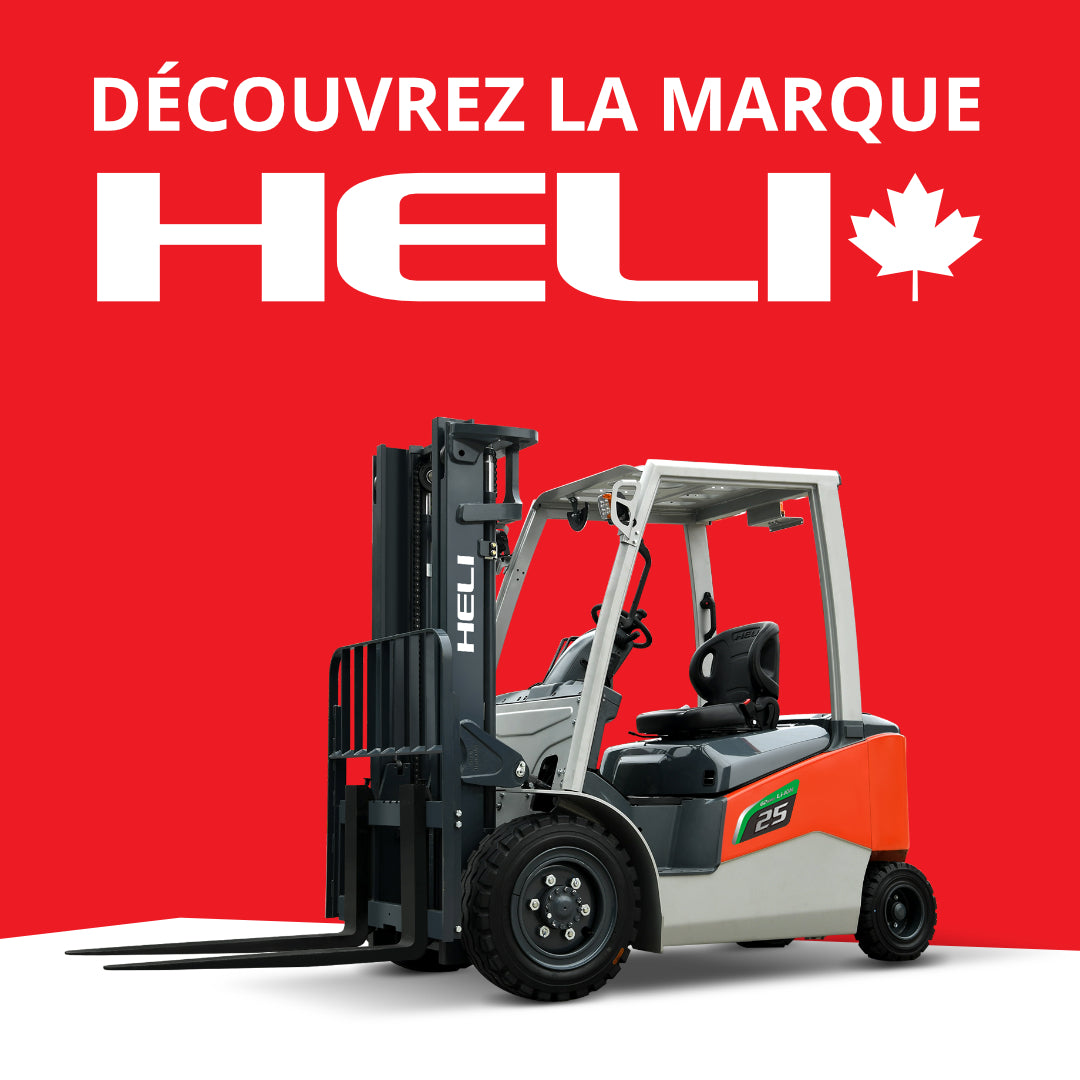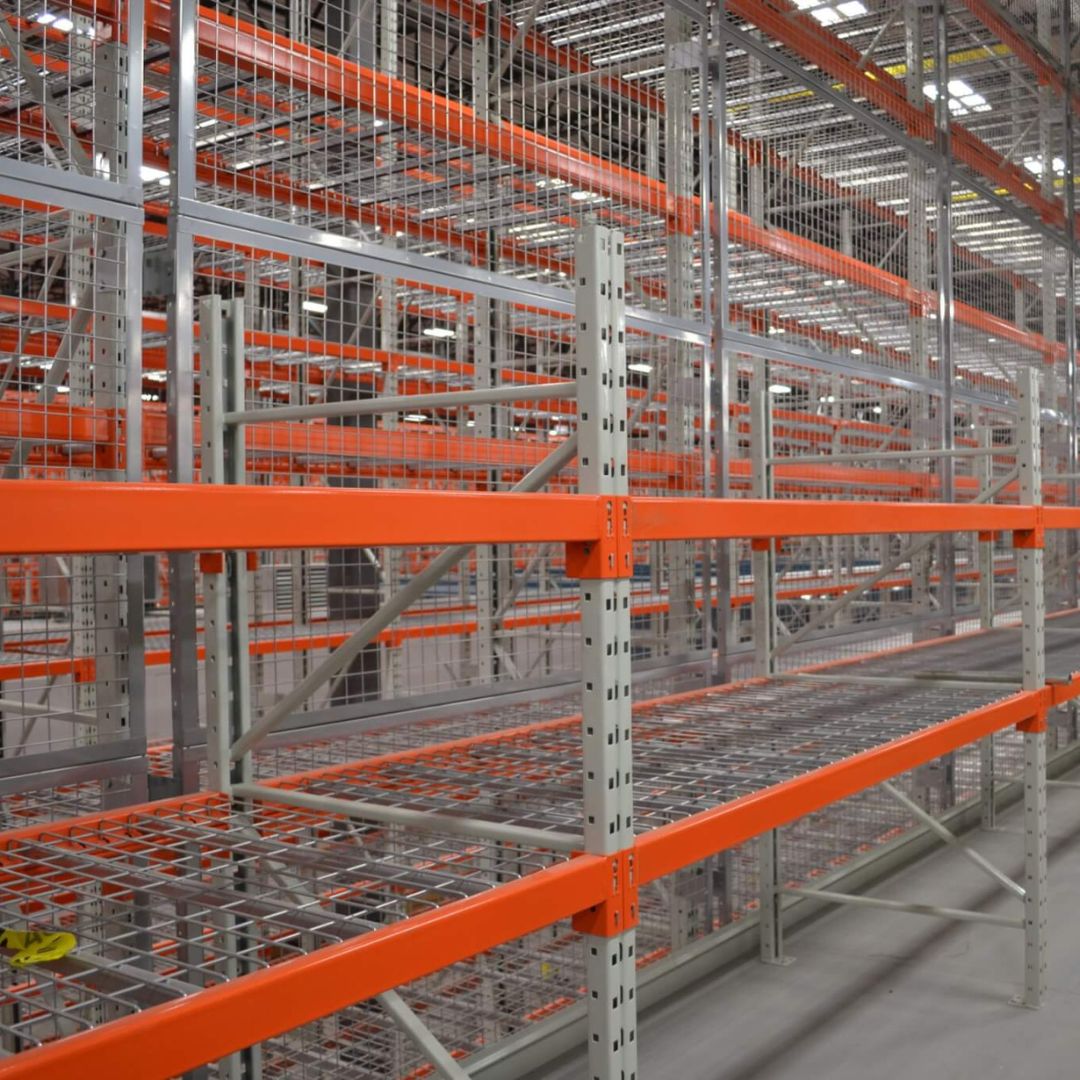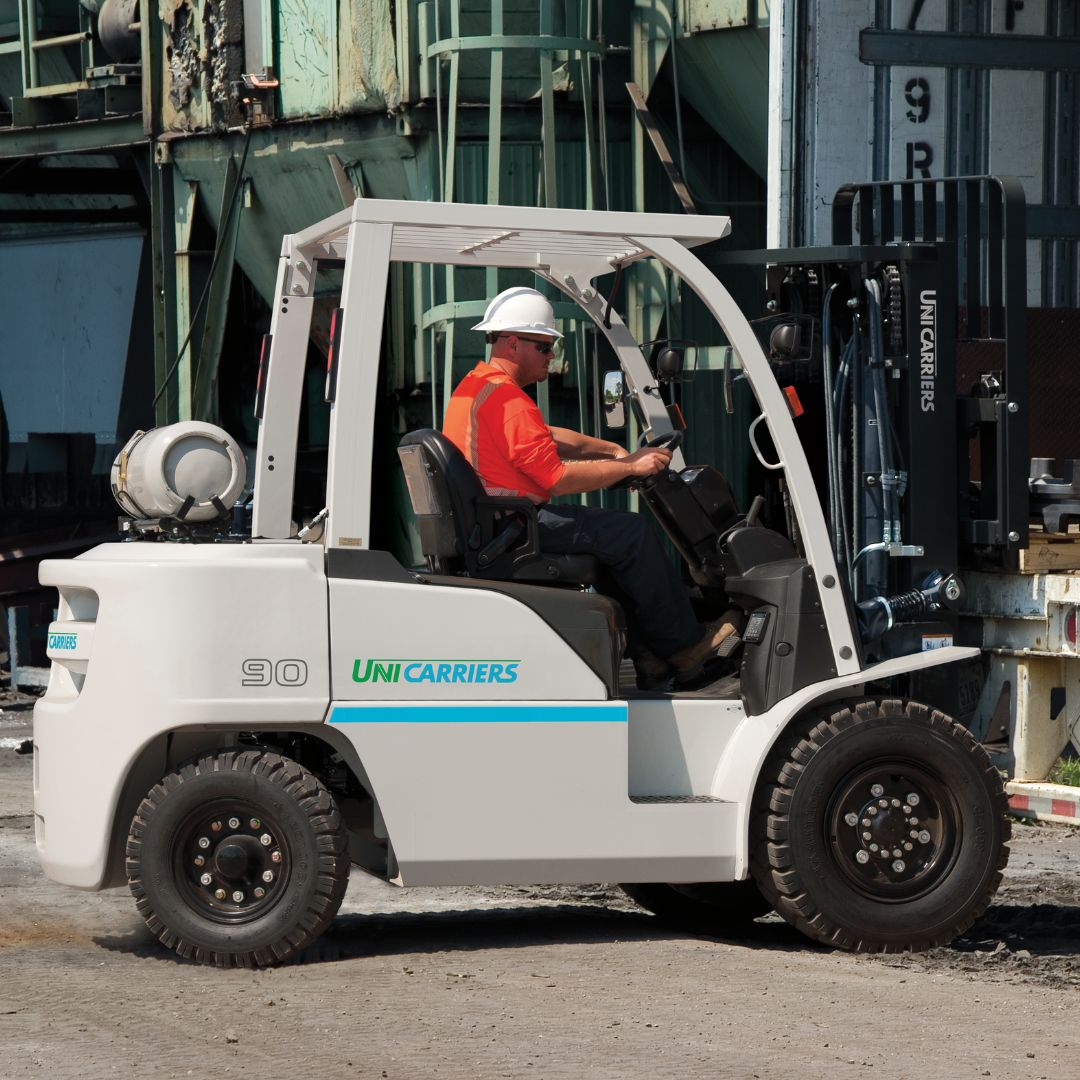In the material handling industry, forklift safety is a top priority. Nearly 850 accidents occur each year, the majority of which could be avoided with better training, increased awareness, and clear procedures. Whether you're a warehouse manager, business owner, or operator, this guide provides best practices to improve the safety of your operations and protect your teams.
1. Why Forklift Safety Is Crucial
Every year, hundreds of forklift-related accidents occur in warehouses. These accidents can cause serious or even fatal injuries, as well as significant economic losses: production downtime, costly repairs, and legal disputes.
Main Causes of Forklift Accidents
- Tipping: Often due to unbalanced loads or Excessive Speed
- Run-overs:Collision with Pedestrians or Equipment
- Falling loads: poor fastening or incorrect handling
- Mechanical failure: lack of maintenance and insufficient inspection
2. Operator Training: A Key Investment in Safety
The foundation of any safety strategy is rigorous training. Each operator must:
- Be at least 16 years old
- Receive theoretical and practical training, provided by a qualified instructor, followed by an assessment demonstrating their competence in safely operating a forklift
- Conduct retraining at least once following an incident, a change in equipment, or a change in working conditions
- Understanding the importance of security and adopting best practices
EMU Advice:
Create a training log with scheduled reminders to ensure periodic assessments
3. Daily Inspections of Forklifts and Preventive Maintenance
Before each use, perform a complete daily inspection, referring to the operator's manual. Check in particular:
- Brakes, lights, horns, and tires
- The state of the forks and mast
- Oil or hydraulic leaks
- Nameplate Readability
Preventive Maintenance: Avoiding Breakdowns and Accidents
In addition to daily inspections, a preventive maintenance plan must be implemented to ensure the reliability of forklifts and extend their lifespan.
4. Control load capacities to avoid overloading
A forklift's stated capacity (e.g., 6,000 lbs) does not guarantee that this load can be lifted under all conditions. It depends in particular on:
- The load's center of gravity
- Of the lift height
- Installed accessories
How to avoid overloads?
If you don't know the exact weight, find out, then calculate the load, always respecting the manufacturer's recommended limits.
5. Space planning: separating pedestrians and forklifts
The coexistence of pedestrians and forklifts represents a major risk. It is recommended to:
- Create separate aisles with visible floor markings.
- Install physical barriers and convex mirrors at intersections
- Use flashing lights or audible alarms at crossings
- • Improve forklift visibility with devices such as strobe lights, backup alarms, safety lighting, and pedestrian alert systems
6. Fostering a Culture of Forklift Safety
Technology will never replace a culture of vigilance. It is essential to encourage your teams to adopt a proactive and responsible attitude at all times.
Role of Management
Managers must provide For example, organize regular training sessions and create a climate of collective vigilance. 7. Adapt your facilities to minimize risks
A well-designed warehouse is a safer warehouse. Here are some recommendations:
- Ensure good lighting in all maneuvering areas.
- Keep surfaces clear of obstacles and debris
- Provide separate zones for vehicle traffic, storage, and pedestrian crossings.
- Organize space to facilitate safe movements
Make forklift safety a profitable priority
Taking a proactive approach to forklift safety is a worthwhile investment. By focusing on training, prevention, and a secure infrastructure, you not only protect your employees, but also improve your company's overall productivity.
At EMU, we support our clients in choosing the right equipment, while focusing on safety. Do not hesitate to contact us for personalized advice or to discover our training and maintenance solutions.











